
Ink & Pixel is a source of pride and joy for me as a writer and as such, I’m always striving to take this column further for those who read and enjoy it. If you yourself, or anyone you know, helped to make any of the amazing feature animated films found within this column, I would love to talk to you to further my knowledge. Please contact me at [email protected] so we can discuss it further.
The year was 1942, and all was quiet inside of the forest. Butterflies danced around the petals of vibrant flowers, somewhere deep inside the wood a fawn was learning how to walk, and a chill moved through the air, biting at the pads of all the woodland creatures feet. Mother Nature, was going about her way of making a quiet moment within her world appear beautiful for anyone who cared to take notice of her fine work. That was until a single shot ripped through the silence, causing parents and children alike to gasp in horror. For when the smoke had cleared, and all the birds had taken flight in search of sanctuary, we were all to learn a horrible truth. Bambi’s mother … was dead.

In 1942, Walt Disney Studios released their fifth full length feature animated film entitled, BAMBI. Based on the novel, Bambi, A Life in the Woods by Austrian author, Felix Salten. Originally planned as their second feature film release, BAMBI was quickly placed on the production backburner as the team began to realize just how much of an undertaking this film would turn out to be. Because the novel had been intended for adults there were many themes beyond the sorrowful death of Bambi’s mother that would need changing if the film had ever hoped to make it out of Disney’s animated forests and onto the big screen.
Multiple character deaths, themes of paranoia and mistrust, as well as the more cruel side of man were all originally a part of Bambi’s coming of age journey. These themes were of course deemed far too “somber” and “harsh” for their target audience, so Disney set to work on other films. However, Team Disney kept the idea of BAMBI on the production back burner until a more powerful and “tamer” version of the story could be presented.

As you may or may not be aware, BAMBI is a heartwarming (or some would say heartbreaking) coming of age tale of an American White-Tailed Deer and his time spent learning the ways of his newly acquired kingdom in the forest. Along with his friends, Thumper the rabbit, Flower the skunk, and his childhood friend and future mate, Faline, Bambi learns the wonders and dangers of his surroundings all while under the protection and guidance of his loving mother.

As I was saying, A man by the name of Sidney Franklin, a producer and director of MGM films had purchased the rights for BAMBI in the year 1937. But because of the level of detail that would be required to make the film an assured success, many years of study would need to pass until Disney was ready to present this “moving nature painting” of a film to their audience. Rallying for frequent trips to the Los Angeles Zoo, Disney’s team of artists and animators would spend countless hours observing the various animals that would later inhabit Bambi’s forest kingdom.

Of particular interest to the animators was studying the way in which the animals anatomy would respond to different forms of movement. How does the slope of their neck affect the arching of their shoulder blades as they drink from a waterbed? How do you animate the hind quarters of frightened animal bounding through the forest at the sound of a gunshot? What does it look like when a new born fawn is taking its first awkward steps since birth? And perhaps most importantly of all, how do you reach a visual aesthetic that while being based on the most realistic of things, still remains “cartoony” enough to resemble classic Disney animation?
Well, what you do is bring in Rico Lebrun, a renowned painter of animals, to lecture and work hands on with your crew of artists and animators. And not only that, but you also bring in a pair of deer (coincidently enough named Bambi and Faline) all the way from Baxter State Park in Maine to be available for around the clock observation. In fact, by the time Disney was done acquiring various animals for their team to study, a small and temporary zoo was constructed to house the animals during the making of the film.

BAMBI was, of course, a film that was made long before we had the convenience and dependability of using computer programs to develop the art for our animated films. Therefore, the artists and animators were forced to draw over stationary backgrounds while using several layers of cel sheeting. Drawing their inspiration from the Eastern woodlands, Disney studios brought Maurice “Jake” Day onto the project, sending him into the crowded woods of Vermont and Maine to study and sketch the surrounding wildlife.

Proving to be a much bigger task than was anticipated and finding his art to be a tad on the “busy” side, Day employed the help of Ty Wong, a Chinese animator whose ability to paint beautiful “natural” backgrounds soon landed him the position of art director for the film. The marriage of Wong’s backgrounds in concert with the finely crafted animals of team Disney elevated the project to new heights, and as a result the film was now on schedule with its projected deadlines.
Switching gears a bit here, one cannot experience BAMBI without taking into account the films beautiful orchestral score written by Frank Churchill and Edward H. Plumb. What’s important to remember is that BAMBI was made in a time when music was still very much a highlight (and damn near the focal point) of a Disney feature-length film. So invested in the film were Churchill and Plumb that each animal within the forest was assigned its very own instrument to express their movements as they bounded through the woods or perhaps rolled within a flower bed.

Crashing drums, big band horns, and lilting strings all came together to give BAMBI a unique musical identity that would accompany the films rich and colorful nature. Disney has always excelled in the audio department and BAMBI was no to be no exception. For years to come Disney would apply this same formula of instrument to character interaction in almost all of their films and television programs. By identifying each character with a particular sound Disney had successfully and perhaps subliminally imbued their characters with specific sounds. This meant that a character wouldn’t even need to be on screen to indicate their approach. For example, if a predator were to be skulking around in the tall grass, all one would need is the creeping melody of high violin strings to know of the characters approach. This method sent a auditory warning the audience of the impending danger, and they had best steel themselves. It was genius.

Unfortunately, BAMBI was released during hard times as the United States was well within the devastating throws of World War II. Because of the war the film was not released in our neighboring European nations, and with all of the US enraptured with the events in the war, simply no one had time for Bambi and his adorable friends. Critics also attacked the film deeming it “entirely unpleasant” for children and families, saying that the death of Bambi’s mother was a grim reminder of the harsh reality the nation was currently facing.
In my opinion, this reviewer must have had M1942 Bayonet stuck up his ass if he thought that BAMBI would be a detriment to the American people. In times of war people crave a sense of escapism. BAMBI allowed its audience to be taken over by imagination a world where within death there was still hope. I guess some people are just too short sighted to realize such things.

Though the truth is that if a film is good enough it will eventually find its audience regardless of how it performs during its debut in the theaters. You know what I’m talking about, we’ve all seen it before. In the years that have passed, and several re-releases later both in the theaters and for your own VCR or Blu-Ray player, BAMBI has gone on to be hailed as one of the Top 3 animated films of all time. I find it pretty amazing and a testament to the films beauty that something that was once considered vulgar and depressing could then be touted as “A primal shock that still haunts oldsters who saw it 40,50,60 years ago.” – Time Magazine. BAMBI was, for lack of a better word, a most impact film.

Keeping a steady 91% Fresh rating on RottenTomatoes.com, BAMBI is now and forever will be a film celebrated by animation enthusiasts the world over. I don’t think that anyone will ever forget that first time when Bambi loses his dear mother to the cowardice bullets of the hunter. It’s a scene that resonates and remains with you all through your life. Not many films can achieve that level of staying power, let alone something that “only a cartoon.” To tell you the truth, I’d love to see yet another sequel to this film where the spirit of the forest brings Bambi’s mother back from the ether, armed to the teeth. They could call it BAMBI III: Mother’s Revenge. Tagline “Look who’s got the guns now, bitch!”


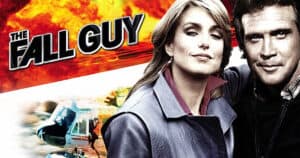

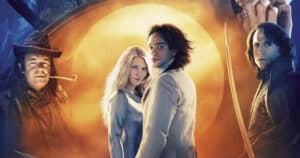


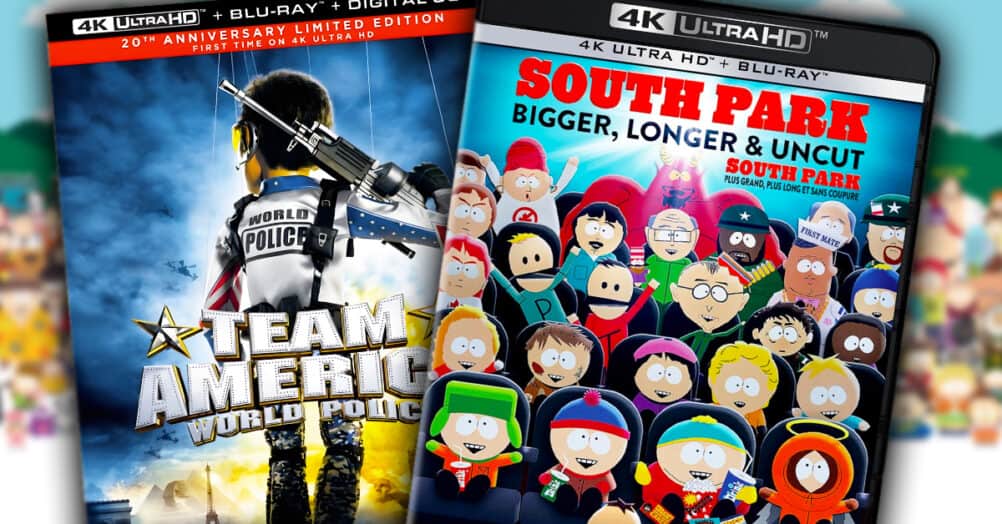
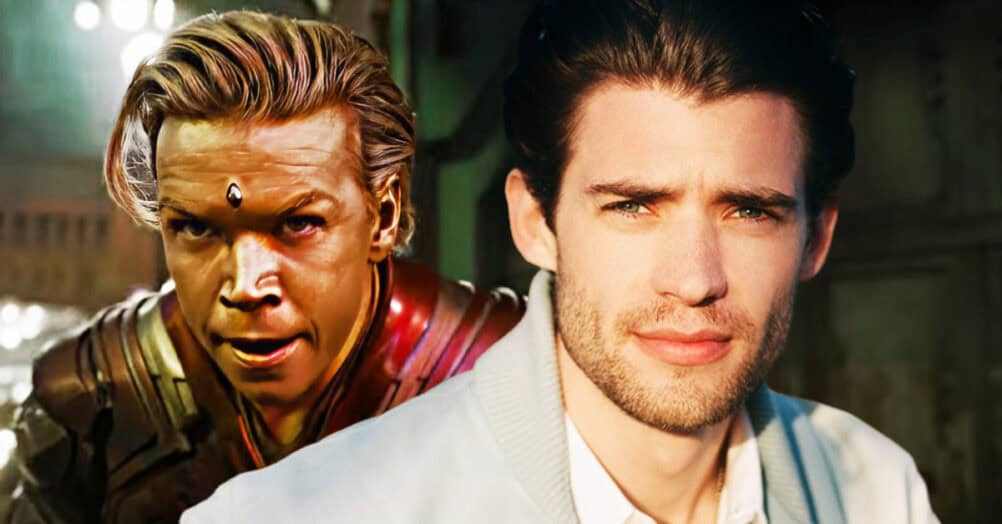
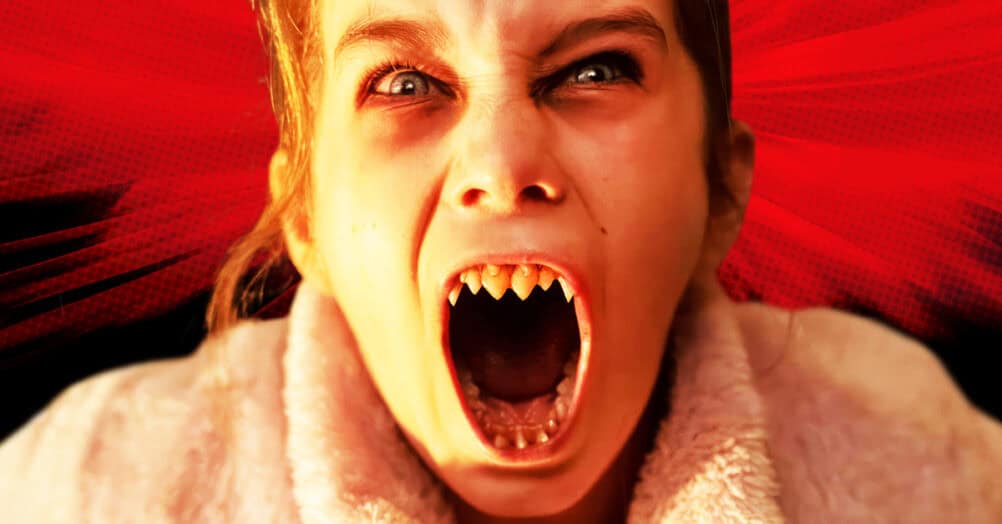
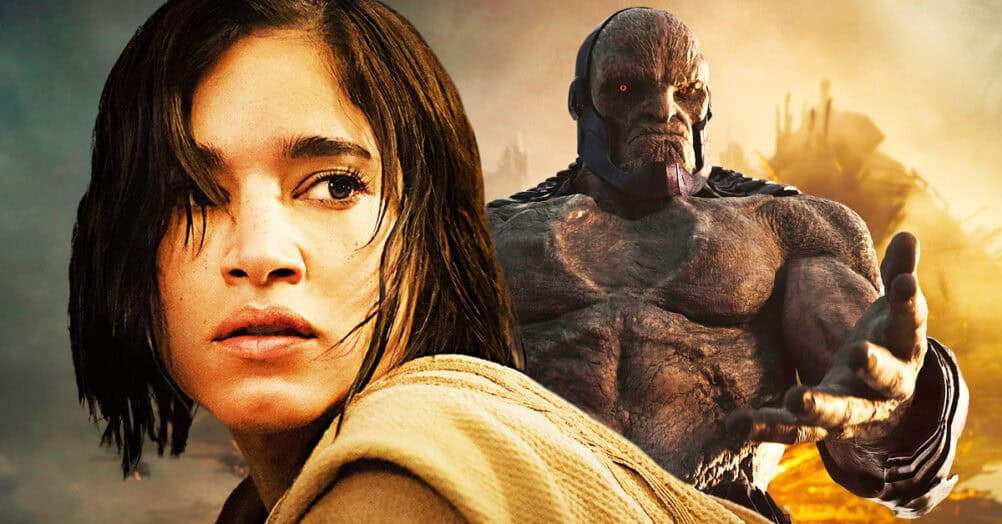
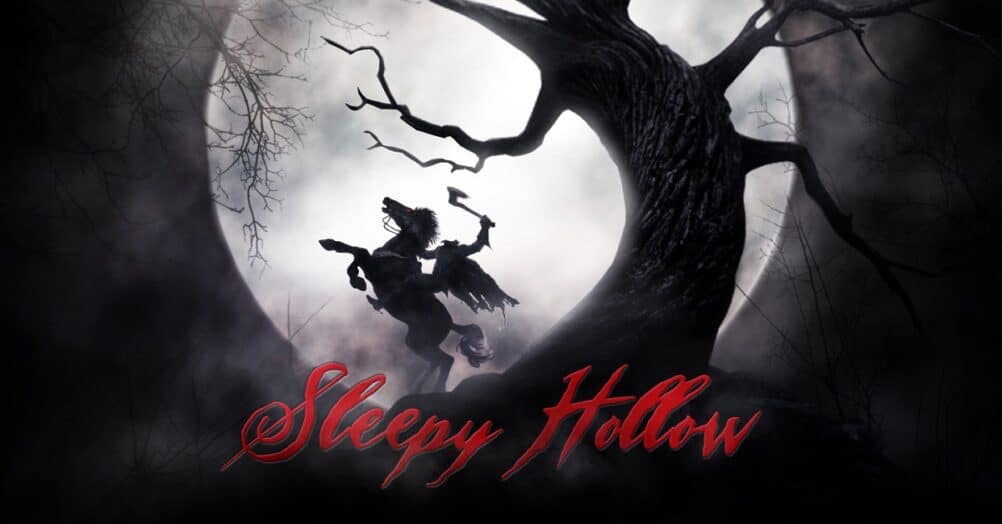
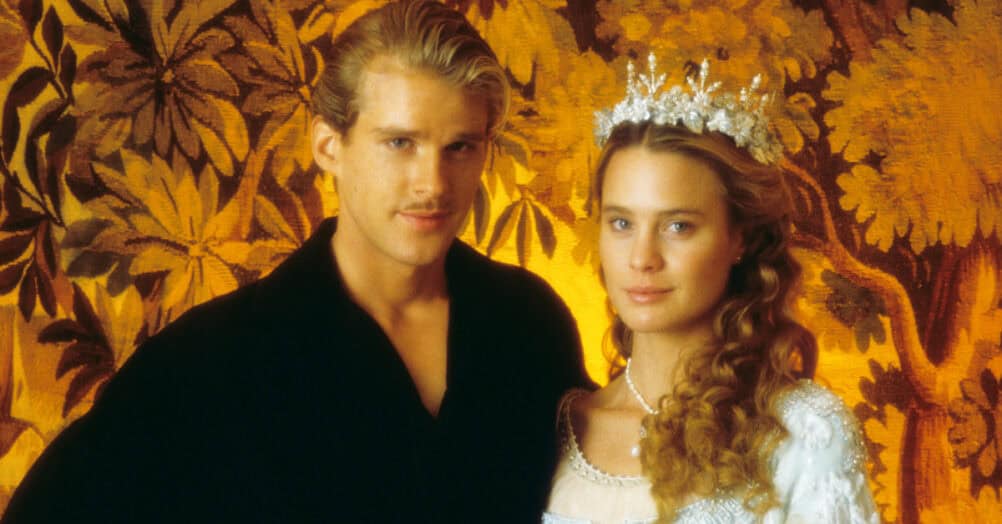
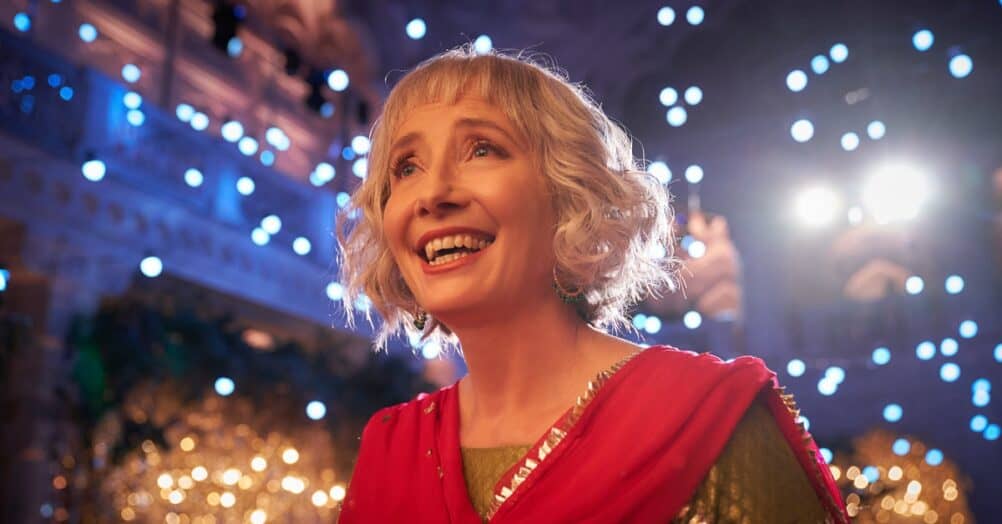
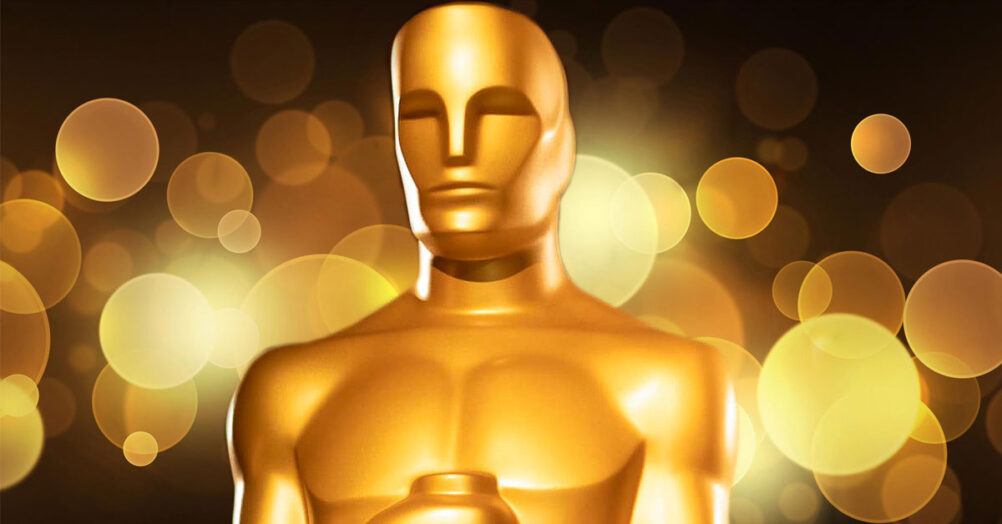
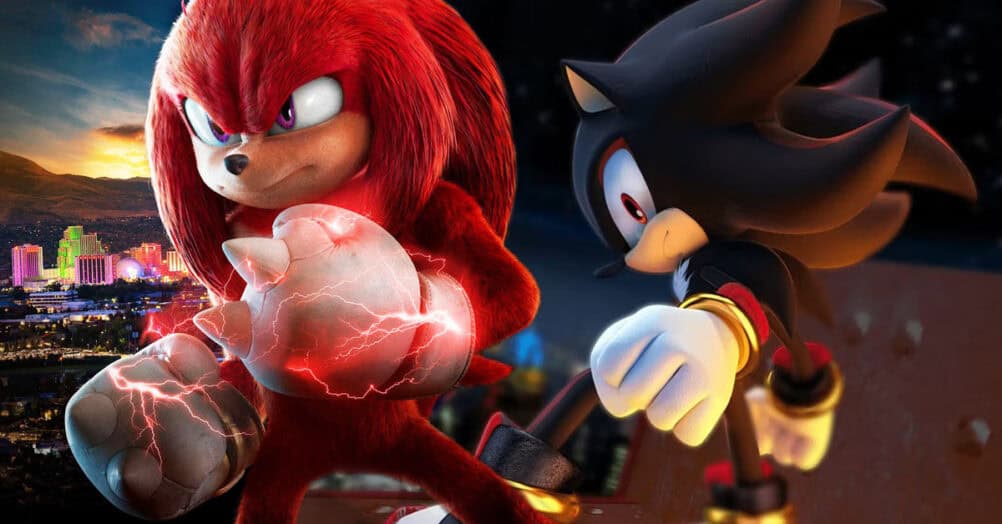
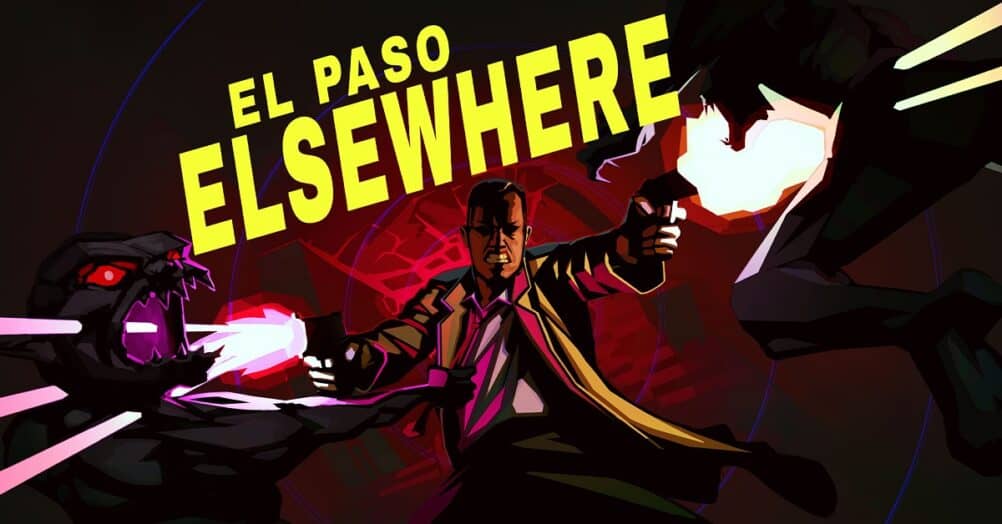
Follow the JOBLO MOVIE NETWORK
Follow us on YOUTUBE
Follow ARROW IN THE HEAD
Follow AITH on YOUTUBE